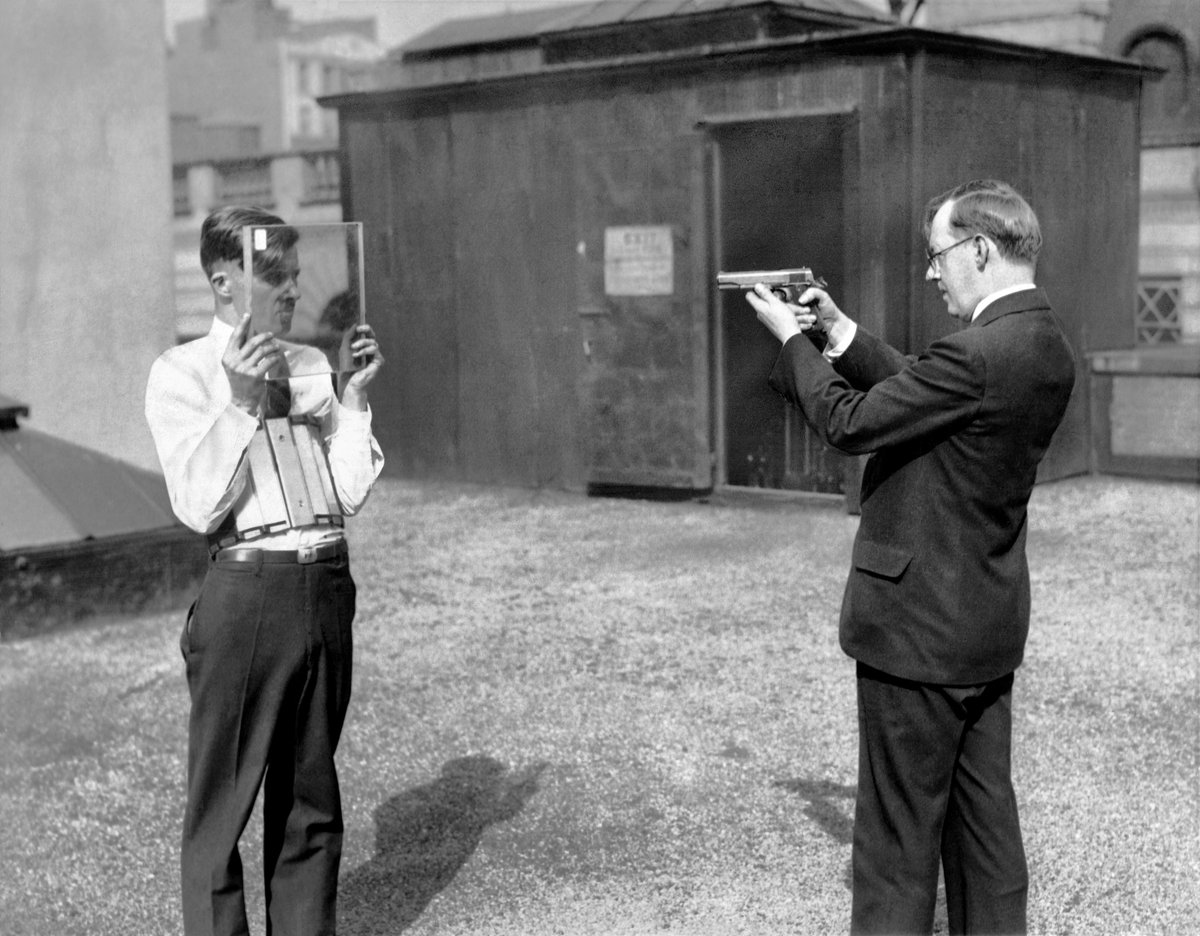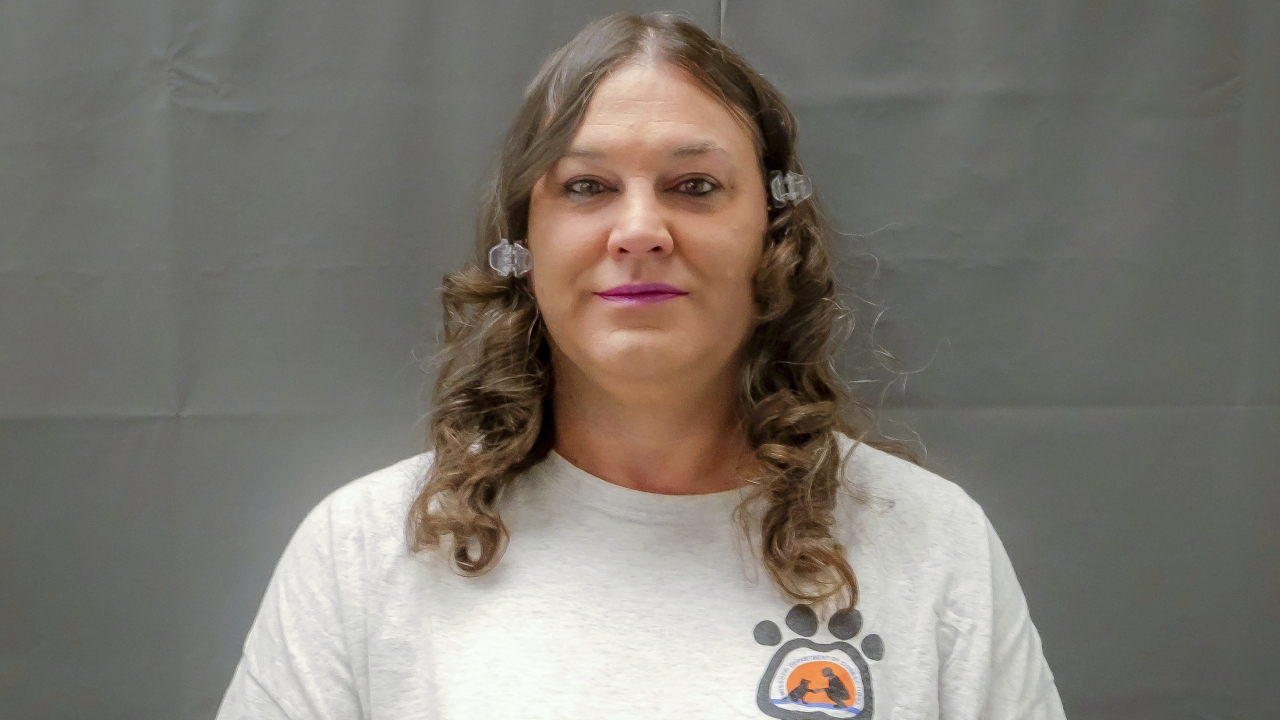 Bulletproof Glass is constructed from coatings of laminated glass or polycarbonate thermoplastic that can resist the hit of small-arms shot. Its security class relies on the thickness and how it stops bullets from piercing the window. Despite the layers, it still maintains the clearness of ordinary automotive glass. It can even be tinted.
Bulletproof Glass is constructed from coatings of laminated glass or polycarbonate thermoplastic that can resist the hit of small-arms shot. Its security class relies on the thickness and how it stops bullets from piercing the window. Despite the layers, it still maintains the clearness of ordinary automotive glass. It can even be tinted.
In the most basic type of bullet-resistant glass, the exterior layer of plastic stalls the projectile, which then hits a layer of standard glass. The glass coating flattens the bullet and stops it from penetrating the window. Bulletproof glass is constructed from several glass coatings with ethylene-vinyl acetate, polyurethane or polyvinyl butyral sandwiched between the glass layers. The principle is that each subsequent layer extends thanks to its elasticity, which slows the bullet’s velocity enough that it either ricochets off or is stopped.
Historical Uses of Bulletproof Glass
Like most inventions, the first bulletproof glass was accidental. In 1903, Edouard Benedictus, a. french chemist, dropped a flask with plastic cellulose nitrate, which coated the glass with a plastic lining. To his astonishment, the flask did not break. Benedictus immediately realized the importance of shatter-resistant glass. His experimentations produced a laminated safety glass that could resist a blow from a hammer. This led to the first pairs of safety glasses in 1909. He patented the product in France and the United States.
Advancements in technology resulted in the safety glass being used for aviator goggles, eyeholes of World War I gas masks and aeroplane windshields. A few years later, banks started using glass to shield their tellers. The panes of glass were fitted with a speaker to ease communication between the clients and the bank employees.
The bulletproof glass was first used in cars in 1930. It was so costly that only wealthy people and criminals could afford it. A much thicker version of the glass was used in World War II. It was installed in military vehicles to protect soldiers on the battlefield. The bulletproof glass was established as a preventive measure in the Oval Office at the White House after the Japanese bombing of Pearl Harbor.
During the mid-1950s, The Louvre art museum put the Mona Lisa behind bulletproof glass after rocks and acid battered it. The drink was used when the painting was on-site or on loan to other museums worldwide. The glass covered Leonardo Da Vinci’s masterpiece when it was attacked again in 1974 and 2009.
After John Kennedy’s assassination, President Lyndon Johnson recited his Oath of Office behind bulletproof glass. The Vatican installed it in Pope John Paul II’s car in 1981 after an attempt on his life.
A U.S. patent was given to bulletproof glass on March 22, 1982. This material was more robust than the shatterproof glass that Benedictus patented.




